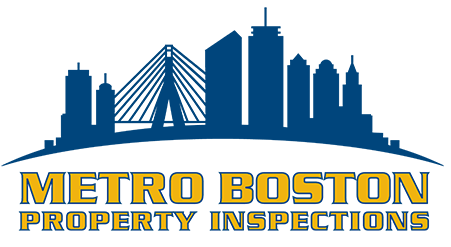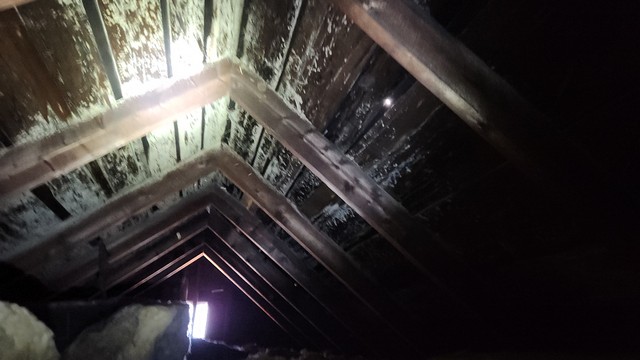Attic mold
One of the things we get called for often is mold in an attic. First, let us set the record straight, mold in an attic rarely poses a health risk to the occupants, however, it can contaminate anything stored in the attic. The airflow in the house moves from the living space into the attic so cross-contamination into the living space is unlikely.
Mold in the attic is typically due to vapor intrusion from the living space, insufficient ventilation, and elevated relative humidity in the attic. If your attic does not have a sufficient intake of fresh air the exhaust can create negative ventilation in the attic which causes more moist air from the living space to be drawn into the attic. InterNACHI states, “The rule of thumb is to use 1 square foot of net-vent opening for every 150 square feet of insulated ceiling, or 1:300 if the insulation has a vapor diffusion retarder. The vent area should be divided equally between the ridge and the soffits.” Most older homes do not conform to this and, as we add more insulation to save energy, the amount of ventilation can be reduced.
If you have mold in your attic, it should be remediated; however, removing it is only part of the solution. The attic penetrations need to be vapor sealed, the attic access should have an insulated cover, and ventilation should be improved. These steps should help reduce the level of relative humidity in the attic. Remediation without addressing the underlying issues increases the likelihood that mold growth will return.
Let our Metro Boston Property Inspections team help you deal with any mold issues you may have in your home.
Feel free to contact us with questions about mold.
781-828-1972






